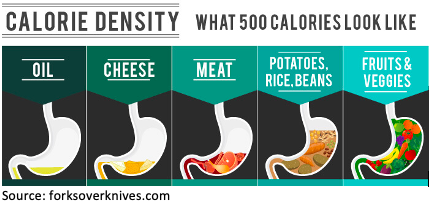
Contributed by SNDA member Morgan Sokes
Most Americans would like to lose a little weight at some point in their lifetime, whether it be a few vanity pounds or a more significant amount to improve health. We evolved to be incredibly efficient at storing fat in preparation for harsh winters and times of famine.
Unfortunately, it seems evolution hasn’t caught up with the land of plenty most of us now enjoy. The diet and weight loss market has taken advantage of this modern-day dilemma. Dieting is a multi-billion-dollar industry in this country, yet the solution to weight loss continues to evade us.
It’s common knowledge that excess calories equals excess weight. However, unpleasant experiences are associated with implementing a calorie deficit. I myself have a predisposition for severe hanger, desperate for a quick junk food fix when symptoms appear.
Sure, you’ll probably lose weight if you only eat between the hours of 11:13 a.m. and 3:36 p.m., or only swallow your food on the weekends, but there might be a more bearable approach. The secret lies in two understated concepts known as nutrient and calorie density. Increase the former and decrease the latter to make weight loss a less painful endeavor.
Nutrient-density describes the quantity of healthful nutrients per calorie in a food. Sugar, syrups, refined flours, saturated fats, and hydrogenated oils make up nutritionally deficient empty calories. Meanwhile, nutrient-dense foods are full of vitamins, minerals, phytonutrients, and antioxidants.
Generally, the closer the food is to its naturally whole form, the more abundant the nutrient content. Some examples of nutrient-dense foods include berries, leafy greens, cruciferous veggies, quinoa, lentils, edamame, and sweet potatoes. The nutrients in these types of foods are key to weight reduction as they keep your body’s metabolism in working order. They also appear to decrease hunger frequency and distress.1
The second winning strategy to sustainable weight loss is loading up on low calorie per pound foods. The great thing about this strategy is that you eat more to weigh less. For example, one pound of raw broccoli contains about 150 calories, plain baked potatoes 400, and cheese nearly 2,000. One pound of butter tops the list at 2,700 calories.2 The lowest calorie-density is usually found in foods with high fiber and water content such as fresh fruits and vegetables.
Many fullness cues come from stretch receptors in the stomach. These receptors are activated when the stomach is full. They send out signals to warn the brain not to overfill the tank. If the majority of foods eaten throughout the day are less than 500 calories/pound, it is difficult to find enough room to overconsume. When eating this way, you might be concerned with not getting enough substantial nourishment, but the CDC ensures that it is consistent with a healthy balanced diet.3
In today’s world, we are continually seduced by highly palatable, hyper-stimulating foods. Lack of willpower is not to blame when our bodies are designed to fill up every time we come across a rich source of calories.
Nutritionally deficient foods hijack our pleasure centers, leaving us wanting more. Top it off with the stress and obstacles created by a pandemic and it’s amazing anyone can maintain a healthy weight. By following a high nutrient-dense, low-calorie dense eating style, a person might beat the odds while still eating satisfying amounts all day every day.
msokes@my.dom.edu
References:
- Fuhrman, J., Sarter, B., Glaser, D. et al.Changing perceptions of hunger on a high nutrient density diet. Nutr J 9, 51 (2010). https://doi.org/10.1186/1475-2891-9-51
- com. https://www.myfitnesspal.com/food/search
- Center for Disease Control and Prevention. Low-Energy-Dense Foods and Weight Management: Cutting Calories While Controlling Hunger. https://www.cdc.gov/nccdphp/dnpa/nutrition/pdf/r2p_energy_density.pdf




8 Trackbacks / Pingbacks
Comments are closed.